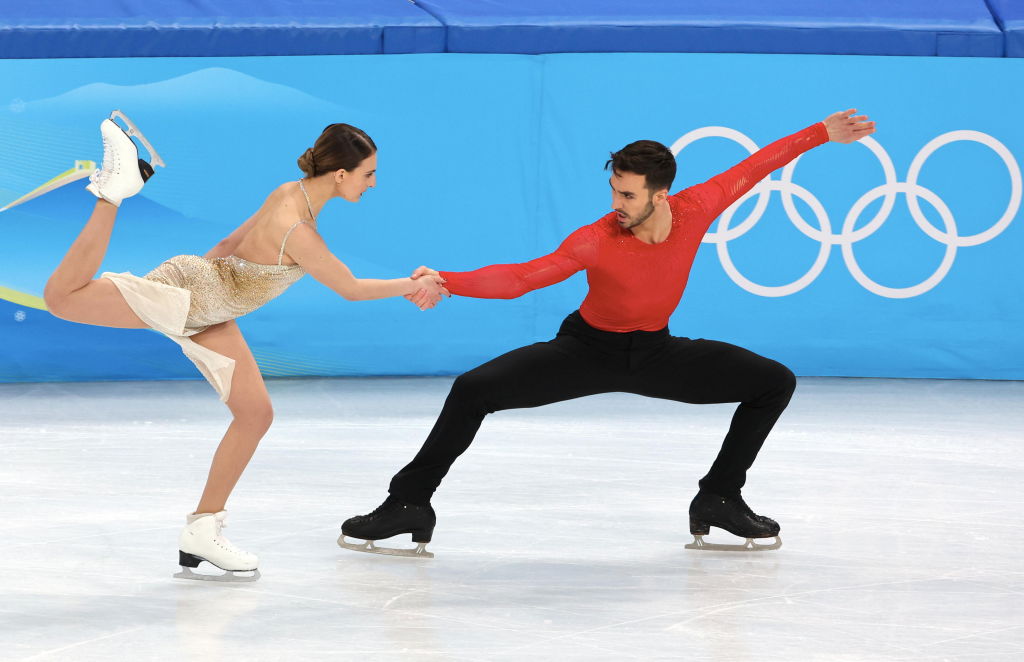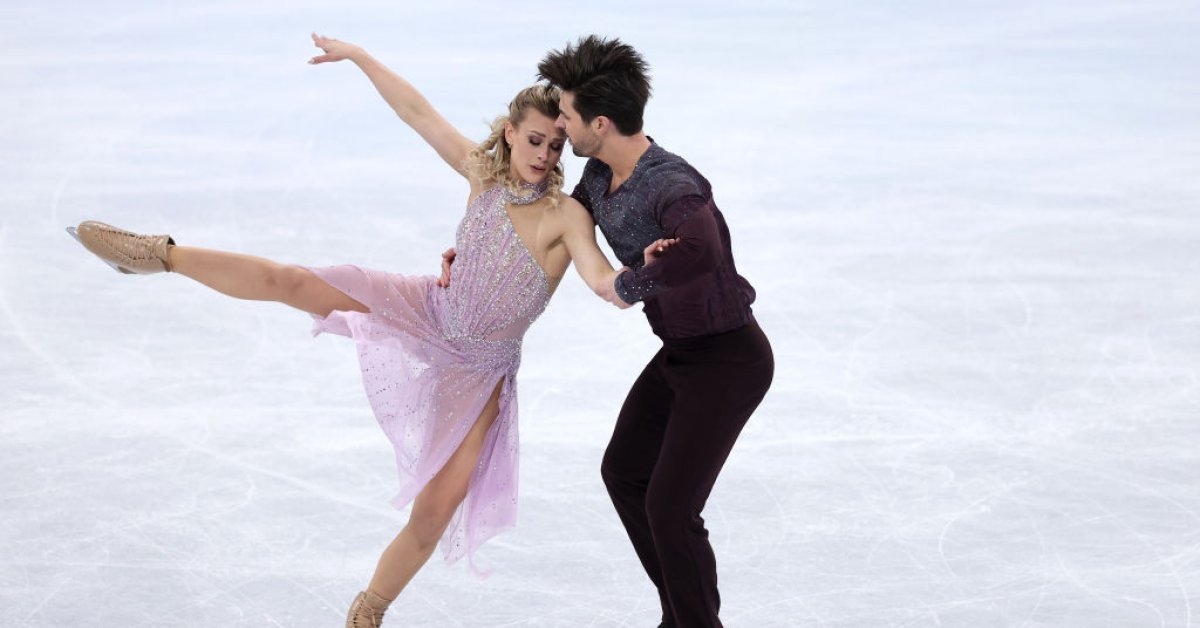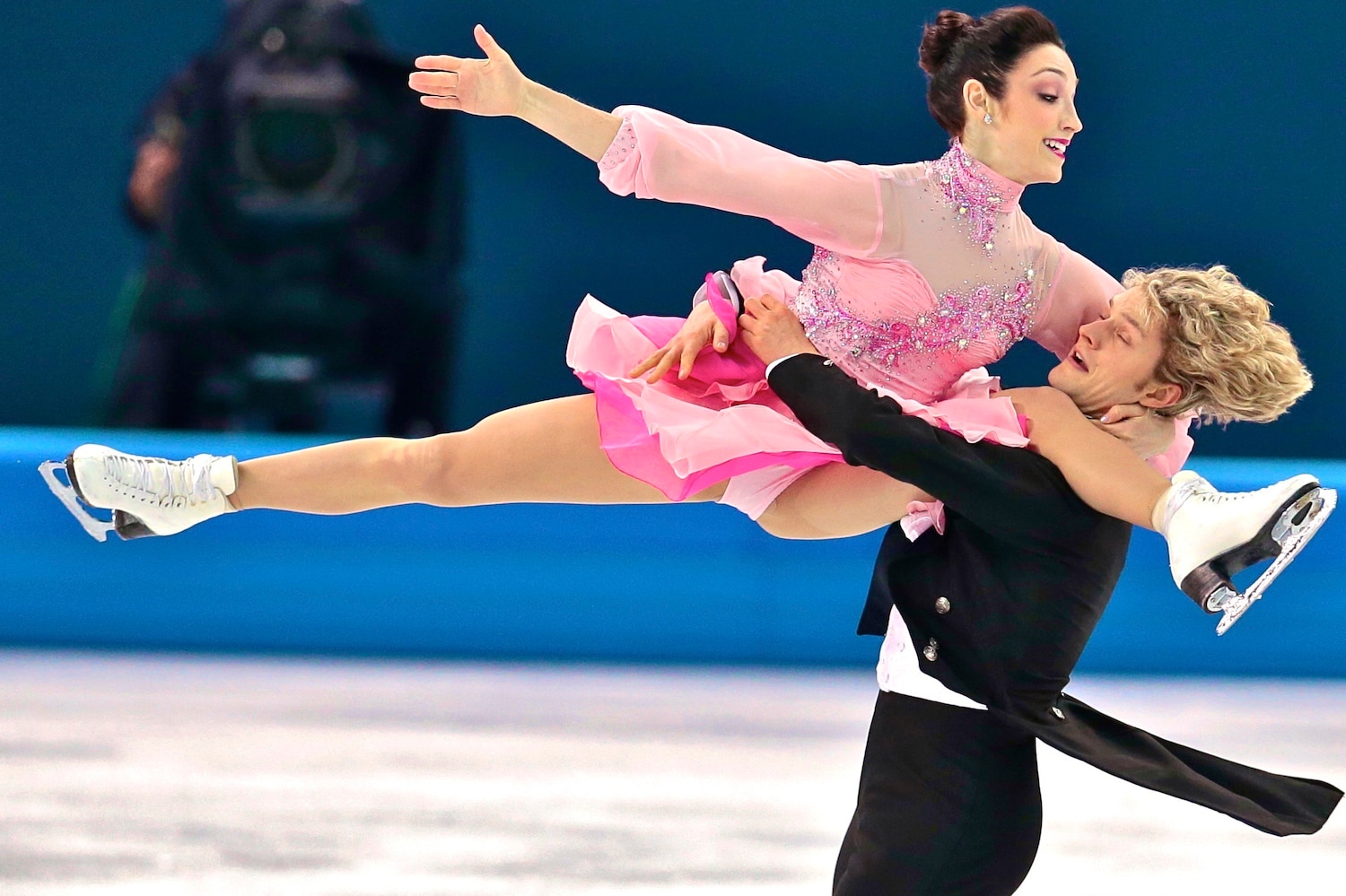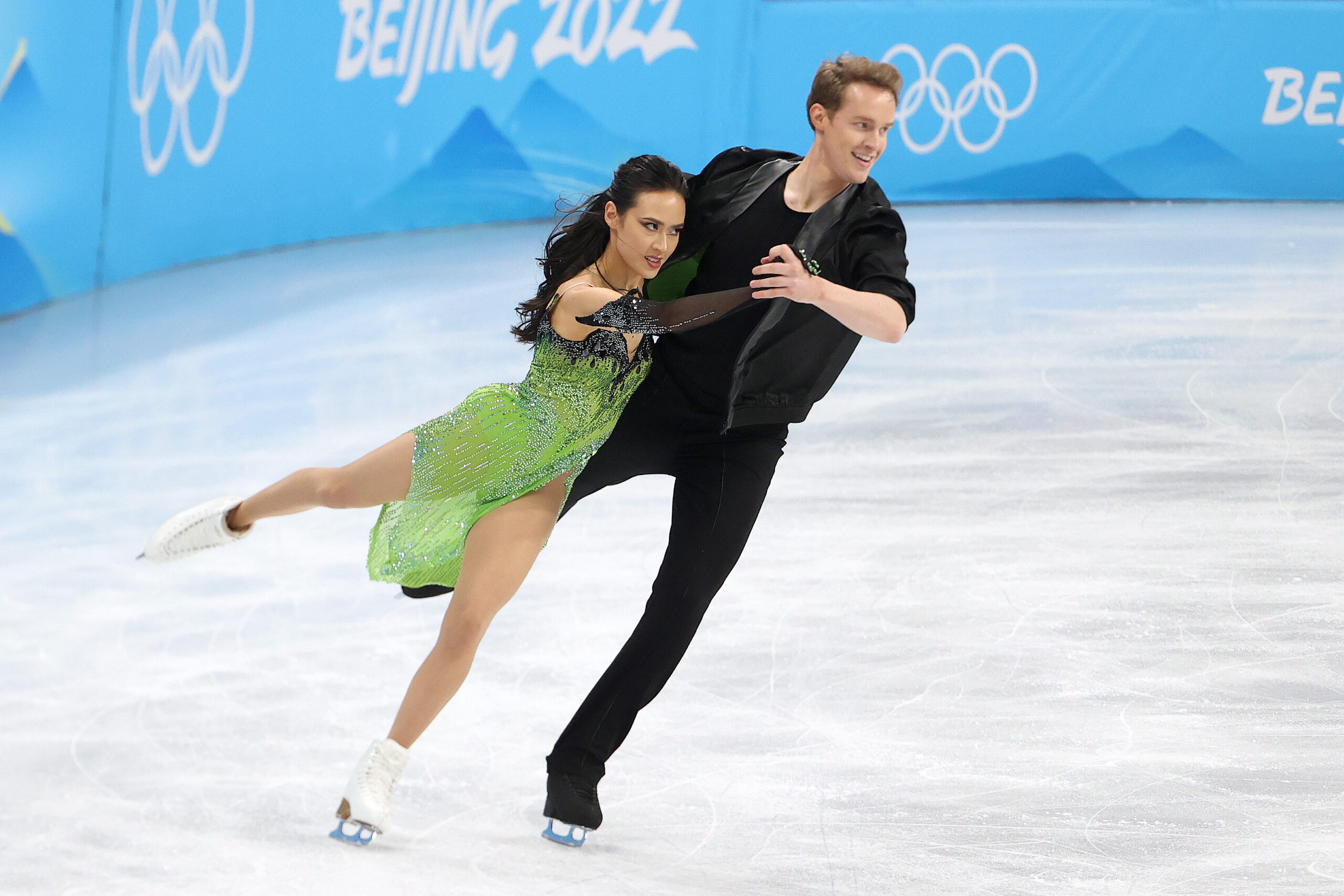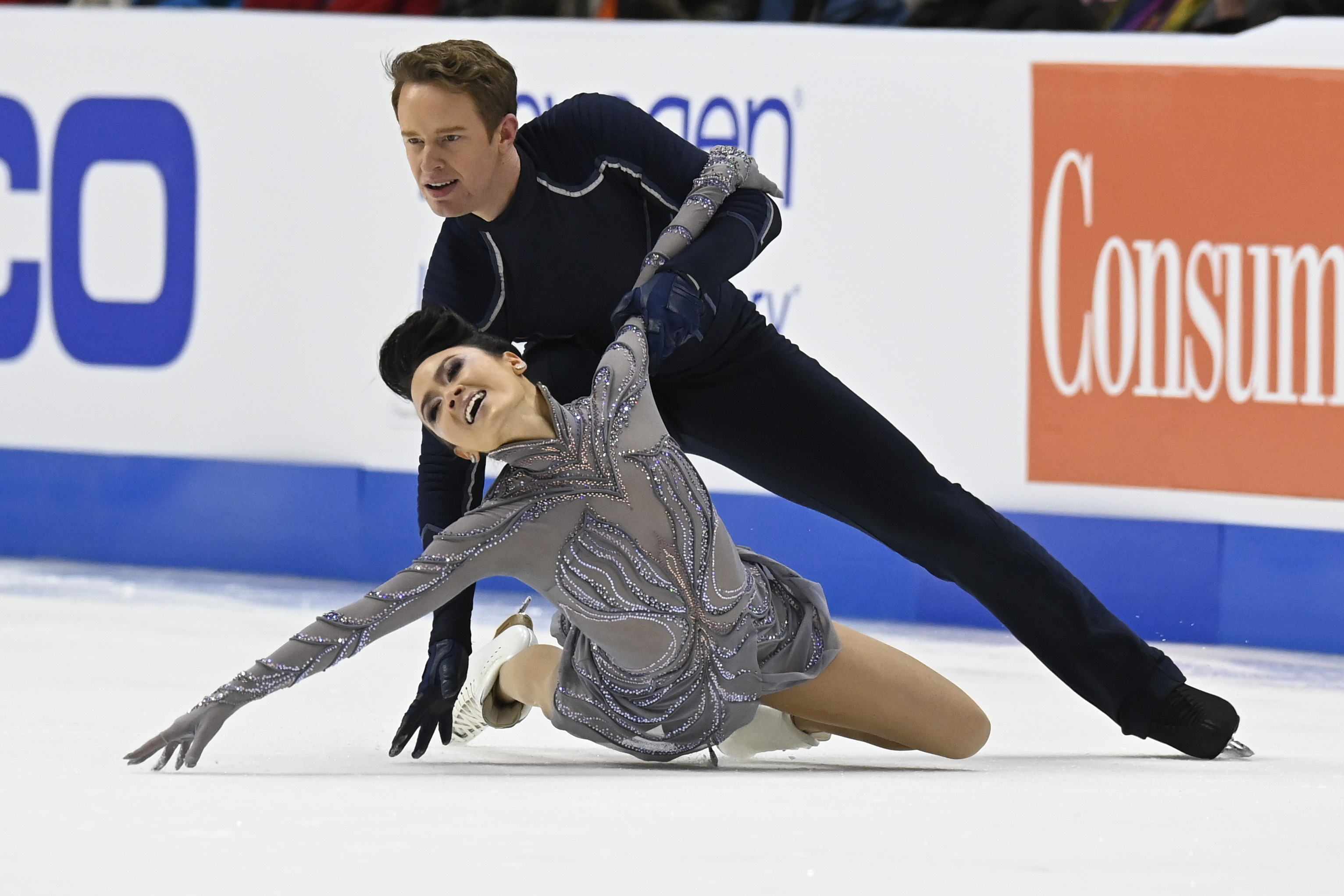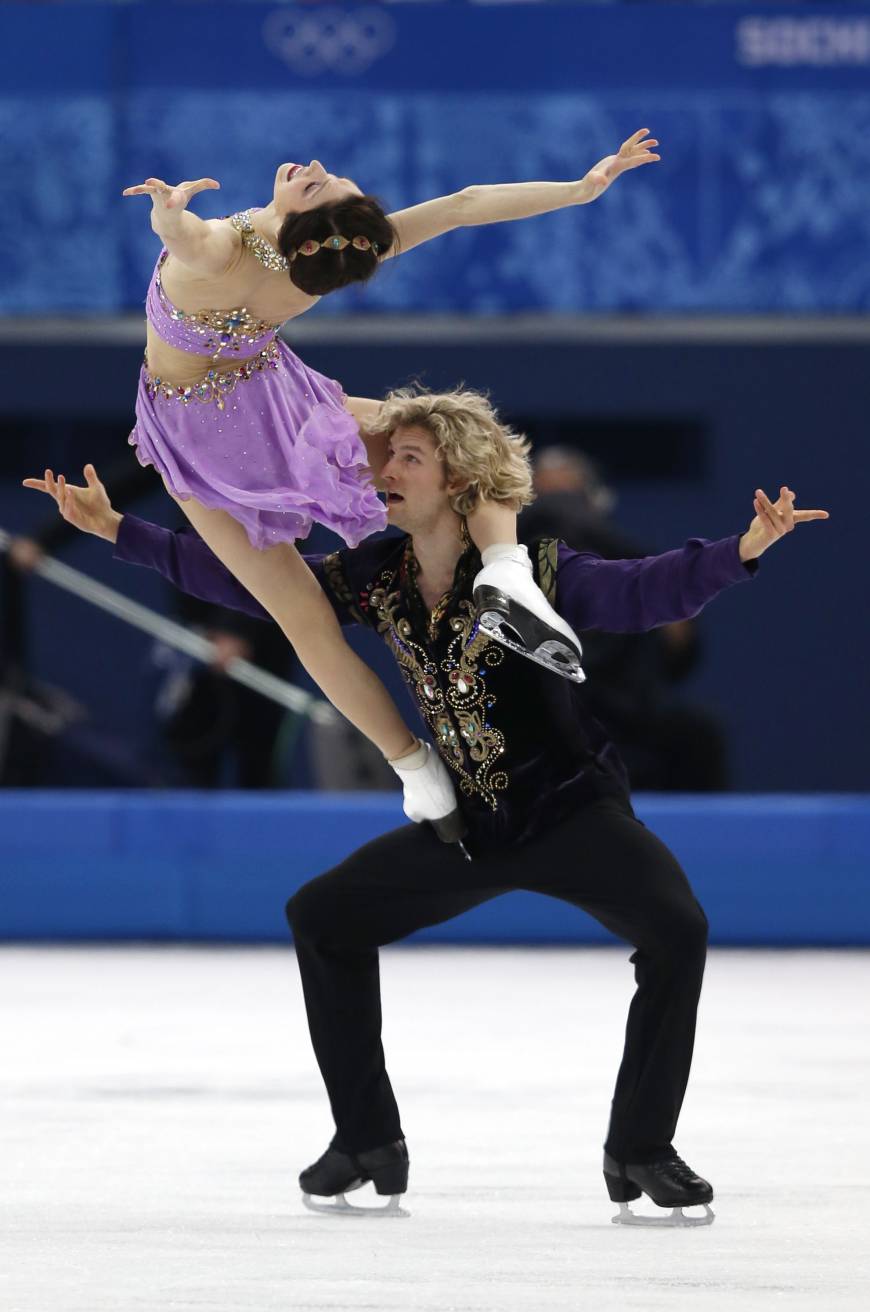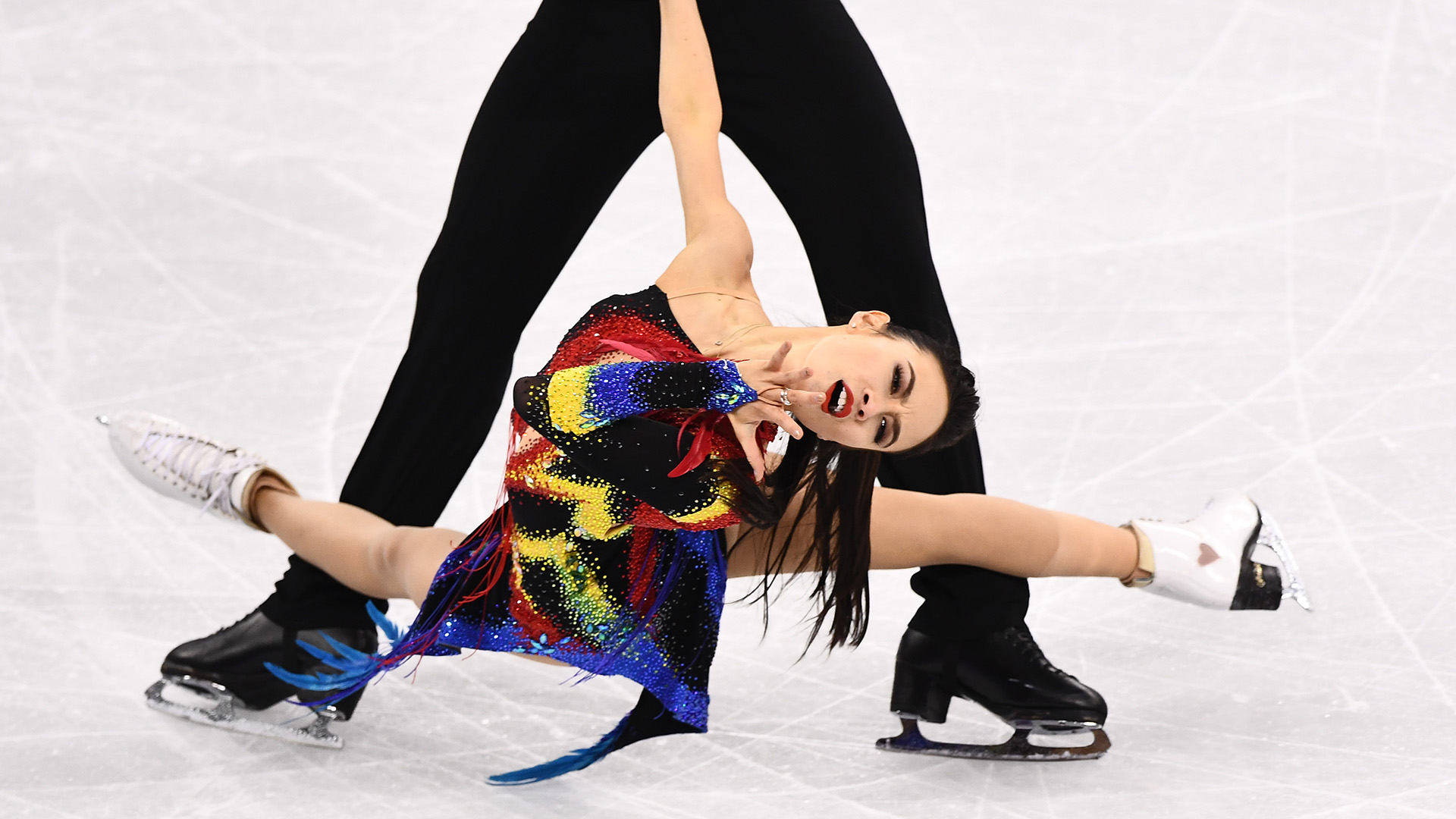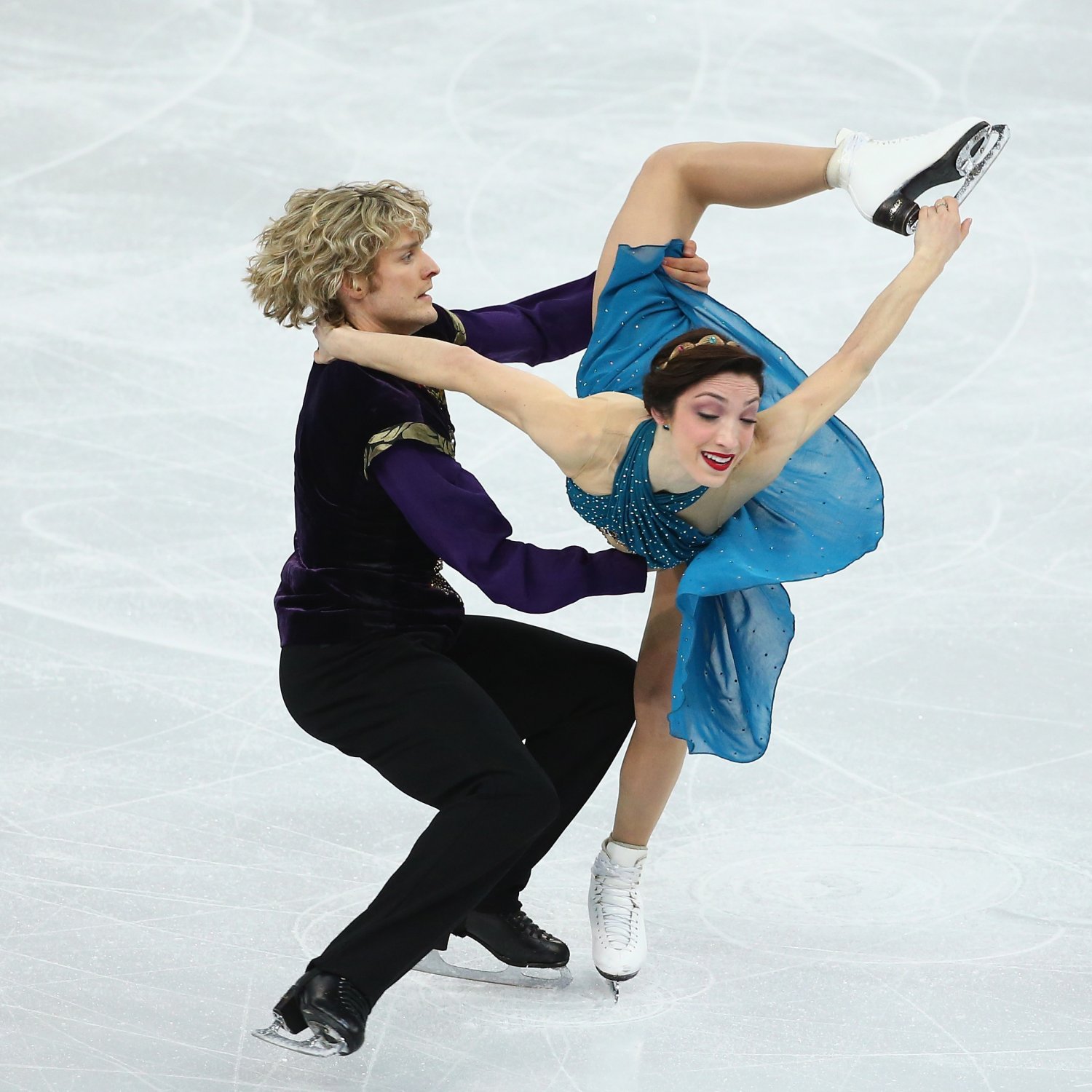Is There Ice Dancing In The Olympics
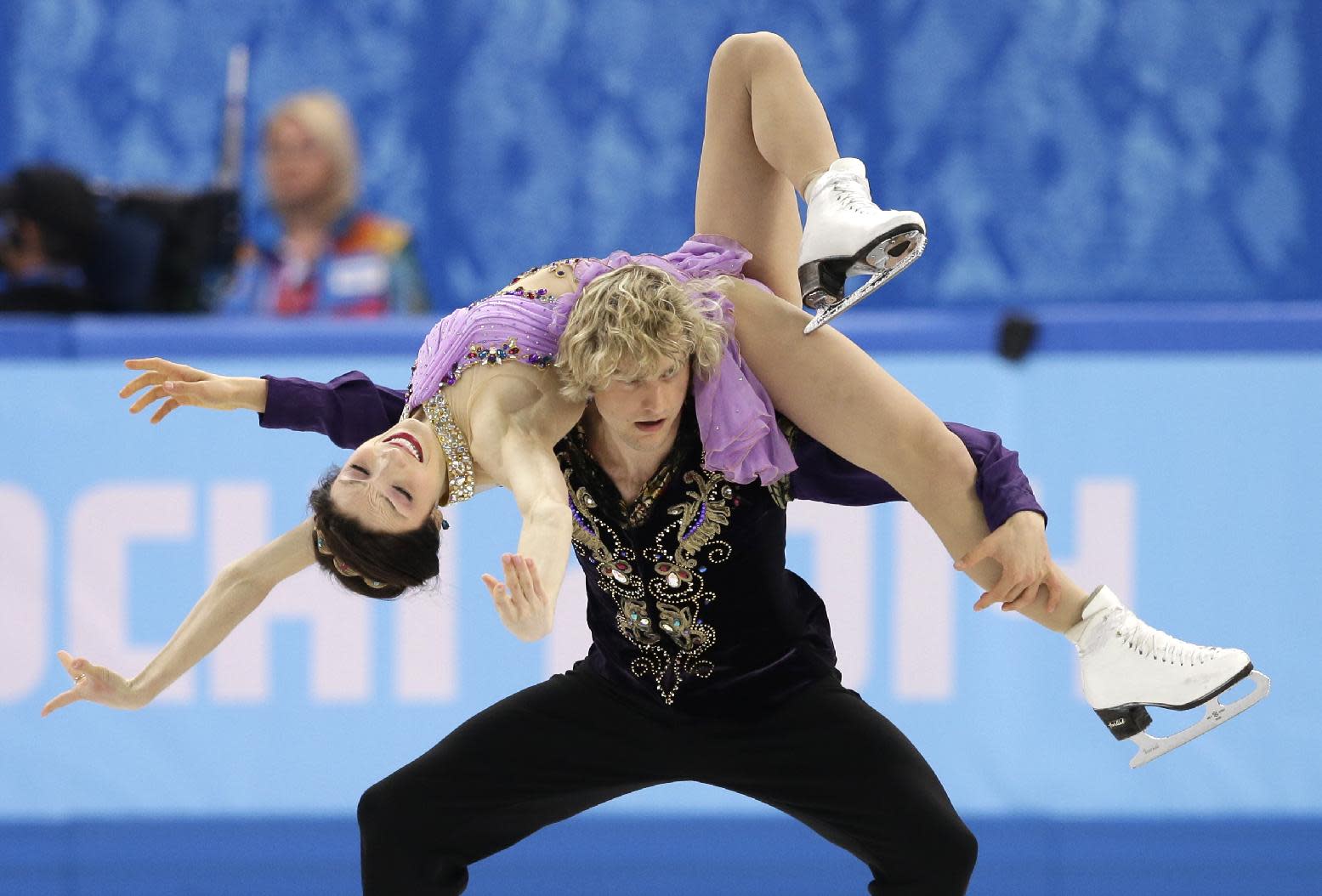
The shimmering costumes, the soaring lifts, and the captivating narratives unfolding on the ice – ice dancing has consistently been a highlight of the Winter Olympics. But for those new to the world of figure skating, or even seasoned viewers tuning in every four years, a fundamental question often arises: Is ice dancing actually *in* the Olympics?
This question, while seemingly simple, delves into the evolution of the sport, its acceptance within the Olympic program, and the enduring appeal that keeps audiences worldwide entranced. The following sections will clarify ice dancing's Olympic status, its historical trajectory, and what the future holds for this mesmerizing discipline.
Ice Dancing's Olympic Status: A Definite Yes
Yes, ice dancing is indeed a part of the Winter Olympic Games. It's a core discipline within the broader category of figure skating, alongside men's singles, women's singles, and pairs skating. Since its official introduction in 1976, it has been a consistent fixture, offering a unique blend of athleticism and artistry.
The International Skating Union (ISU), the governing body for the sport, establishes the rules and regulations followed in Olympic competitions. This ensures a standardized and fair assessment of the athletes' performances.
A Brief History: From Exhibition to Olympic Glory
Ice dancing's journey to Olympic inclusion wasn't immediate. Before becoming an official medal event, it existed as an exhibition sport, showcased for its entertainment value and distinct character.
The first ice dancing event at the Olympics was held in 1976 in Innsbruck, Austria. This marked a significant milestone for the discipline, validating its place among the other established figure skating events.
The Soviet Union's Lyudmila Pakhomova and Alexander Gorshkov clinched the first-ever Olympic gold medal in ice dancing. Their victory not only cemented their legacy but also highlighted the grace and technical precision that defined the sport.
What Sets Ice Dancing Apart?
Unlike pairs skating, ice dancing emphasizes intricate footwork, synchronized movements, and a seamless partnership. The focus leans more heavily on dance interpretation and connection to the music.
Lifts are permitted, but they are shorter and less acrobatic than those seen in pairs skating. This difference underscores the importance of maintaining contact and flow throughout the routine.
Required elements in ice dancing, such as pattern dances and twizzles, demand exceptional precision and control. Judges evaluate not only the technical execution but also the artistry and storytelling conveyed through the performance.
The Olympic Format: Structure and Scoring
The Olympic ice dancing competition typically consists of two segments: the rhythm dance and the free dance. The rhythm dance has a set theme, and all skaters must perform to music fitting this criteria.
The free dance allows for greater creative freedom, with skaters able to choose their music and choreography to express their unique style. The combined scores from both segments determine the final standings and medal winners.
The ISU Judging System (IJS) is used to evaluate performances, assigning points based on technical elements and program components. This system aims to provide a more objective and transparent assessment of each team's skate.
The Future of Ice Dancing in the Olympics
Ice dancing's popularity continues to grow, attracting a diverse range of talent and captivating audiences worldwide. The future looks bright, with innovative choreography and ever-evolving techniques pushing the boundaries of the sport.
The ISU constantly reviews and updates the rules and regulations to ensure fairness and promote innovation. This includes addressing trends in music, choreography, and technical elements.
As long as the Winter Olympics continue to celebrate athleticism and artistry, ice dancing will undoubtedly remain a cherished and integral part of the Games. The next time you witness the mesmerizing displays of skill and artistry on the Olympic ice, remember the history and dedication behind this captivating sport.
:focal(1057x511:1059x509)/origin-imgresizer.eurosport.com/2022/02/12/3314360-67767468-2560-1440.jpg)
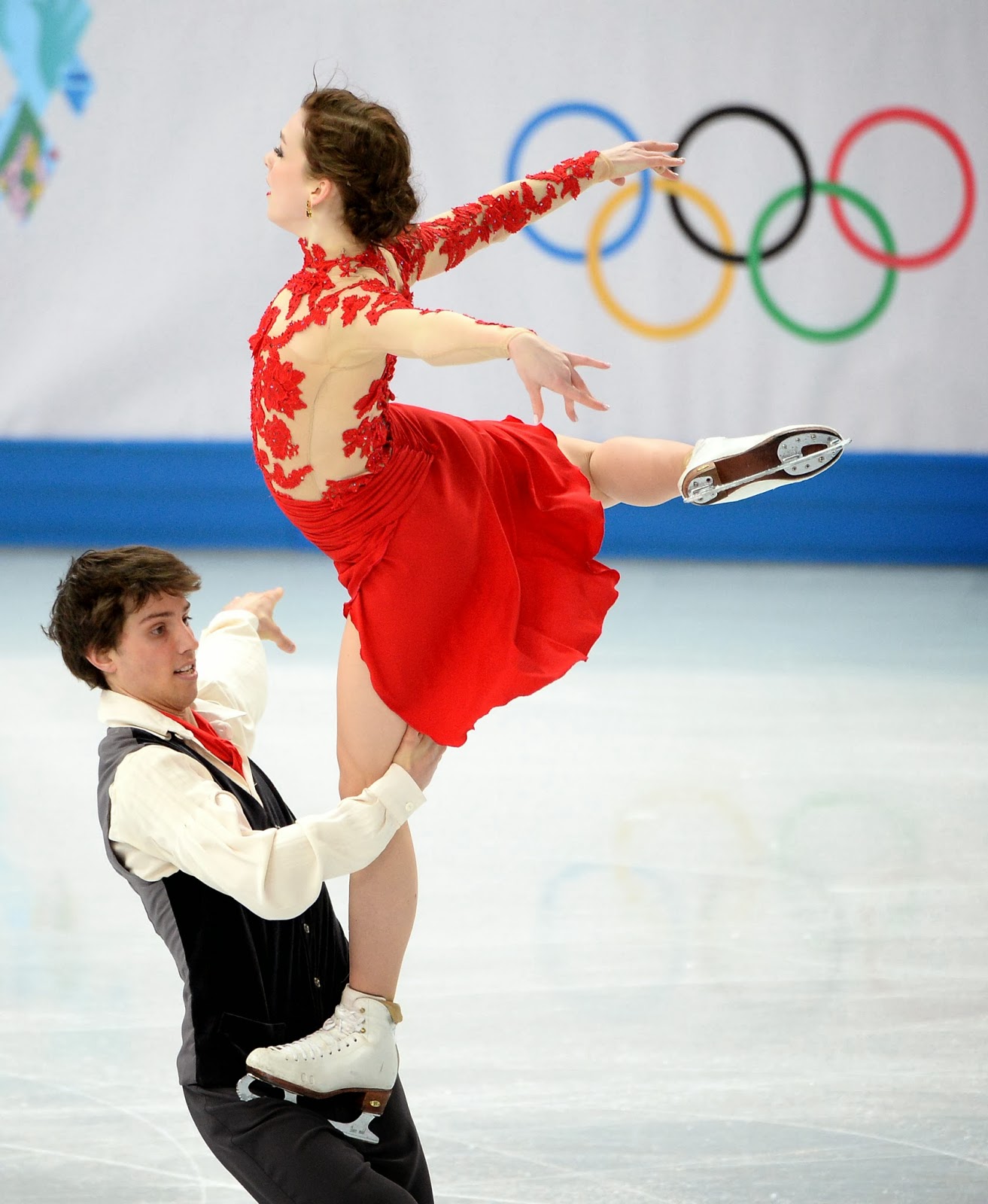.jpg)


